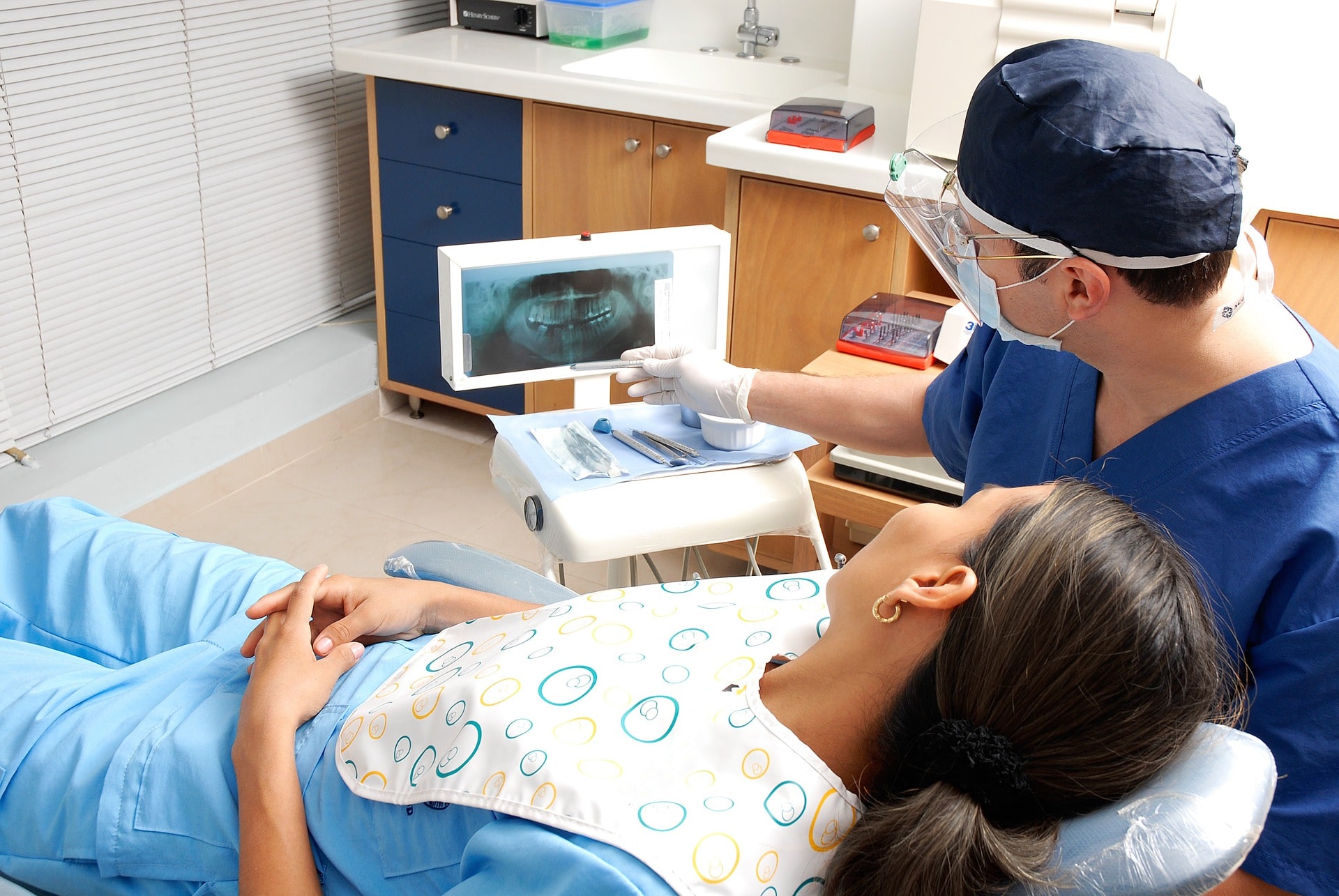
December 28, 2018
associateship Archives – Page 3 of 4 – Professional Transition Strategies

While dentistry will most certainly be a lucrative career in the long run if you play your cards right, the harsh reality is that the average dental school debt is approximately $260K. Add to that an average of $220K in lost earnings plus interest, and a graduate can count on expending $570K toward dental school. Don’t be discouraged that dentistry is the number one job in America for debt; your investment is typically paid back within eight years of practice. Here are some points to consider along the way.
Buy a practice
Rather than starting as an associate or even working for a dental service organization (DSO), after graduating with a negative net worth, the fastest way to make dentistry worth it is through practice ownership, most notably in an area where there is demand. Though counterintuitive, taking on more debt will pay off.
Grow your practice
Consider the population-to-dentist ratio in your practice area, then hire consultants to grow your practice and stand out above the rest. Working with intelligent financial planners and certified public accountants (CPAs) throughout the process will keep you headed in the right direction.
Shop insurance providers
The leading cause of a lower income is the lower fees associated with PPO insurance plans. Shopping insurance providers will be financially beneficial not only as a business owner, but also to your patients.
Ask the right questions
What are my debt repayment options? Can I pay down my student debt? Can I limit my student debt? Should I repay my debt? And perhaps most importantly, will practicing dentistry make me happy?
What’s next?
Read up on other options in the e-book “Recent Graduates,” then contact the experts at Professional Transition Strategies to help guide you on the right path.







